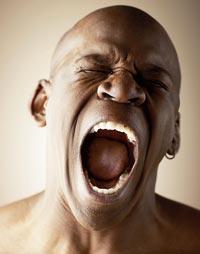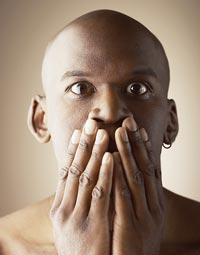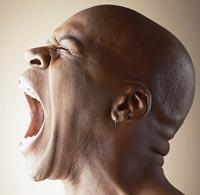Movements of the face in three dimensions




Facial paralysis is more common than expected (9 new cases per 100,000 inhabitants per year). It may be due to obstetric, hereditary, pharmacological, autoimmune, traumatic, surgical causes.
Static and dynamic techniques
For the healing of this paralysis, a surgical treatment can be performed complemented with static and dynamic techniques. Static techniques are appropriate for people over 70 years of age. In most cases, the part of the fallen face is again tempted using the tendons of the patient or the synthetic material. The patient will not be able to move the face, but will breathe much better through the nose, close the eyes and mouth when biting. With dynamic techniques, patients with facial paralysis recover the movement and smile of the face. Depending on the patient (origin of the injury, age, etc. ), logically choose the most suitable technique for each case.
Based on these dynamic techniques, the Clínica Universitaria de Navarra has developed an innovative system for measuring facial movement based on a team carried out by the company Ingeniería y Sistemas STT de San Sebastián. The system allows to accurately quantify the movement of the face. This project has been awarded the 2004 Gaztempresa Ideactiva Prize, Award for Results Transfer of Innovative Projects of Young Entrepreneurs.
The team collects and quantifies the movements of the face in three dimensions using three infrared cameras and a software that processes the movement of the face. This is done before and after the facial recovery operation.
To do this, they have created a concrete measurement method that takes into account different parameters: angles of wrinkles and speed of movements, calculation of the surface between different points, etc. All these data are used by the surgeon during the intervention in the muscle transplant. In this way, it allows to equate these data taken in the healthy zone with the affected zone.
The system is part of the new microsurgical therapeutic program developed by the Clínica Universitaria de Navarra for facial paralysis. This program consists of the realization of crossed facial grafts and muscle transplants that have already intervened 50 patients.
Limit of two years
For the recovery process it is important to take into account the date of the injury. In cases where less than two years have elapsed since the paralysis, the muscles of the immobile side recover the movement thanks to this program without atrophy. However, if it has been longer, the muscles of the face are atrophied and its recovery requires other techniques.
In lesions younger than two years, the transfer of the nerve from the healthy side of the face is done by automatic or self-chaining nerves. Through this system, the patient recovers the ability to move the face.

However, on many occasions facial paralysis lasts longer than two years, so there is no healthy facial muscle. In these cases, innovative techniques are applied. In the face the muscles of another place of the body are inserted. Normally, the right muscle of the inside of the leg or the thick dorsal muscle is used, since they have a large contraction capacity and get a sufficient displacement of the edge of the mouth, although the paralysis time is long.
And don't be surprised if in a few years they sell a face transplant to improve their appearance or recover their youth. In fact, they soon begin to transplant whole faces with ears, nose, muscles... It will be for the benefit of those who need it!






